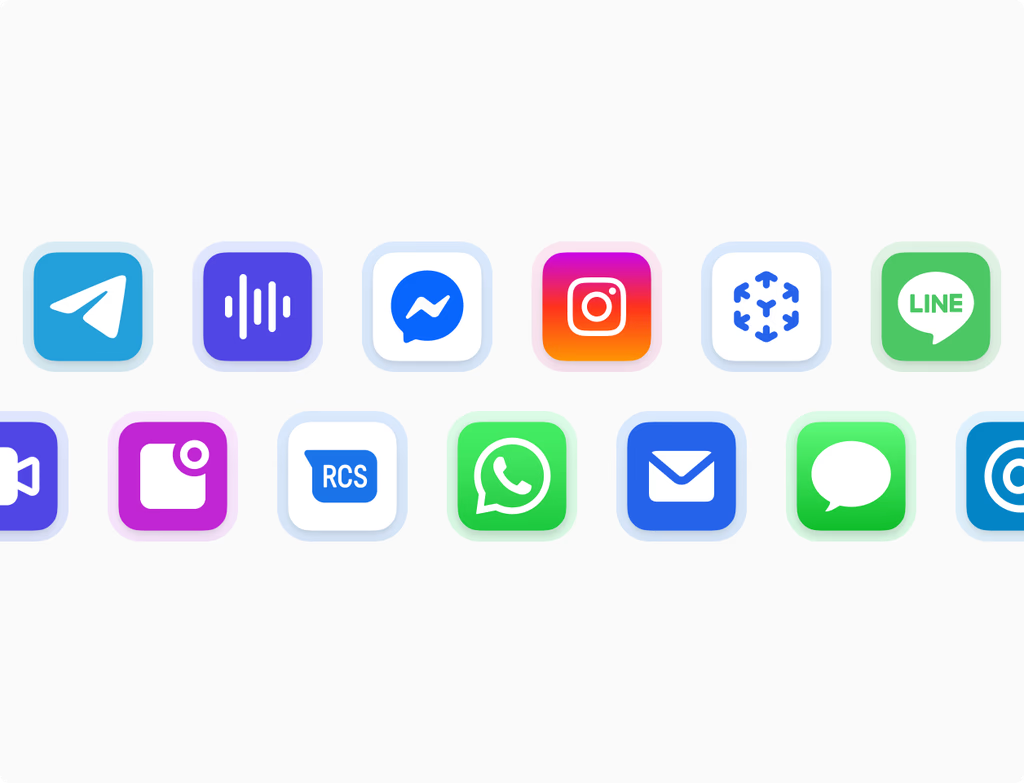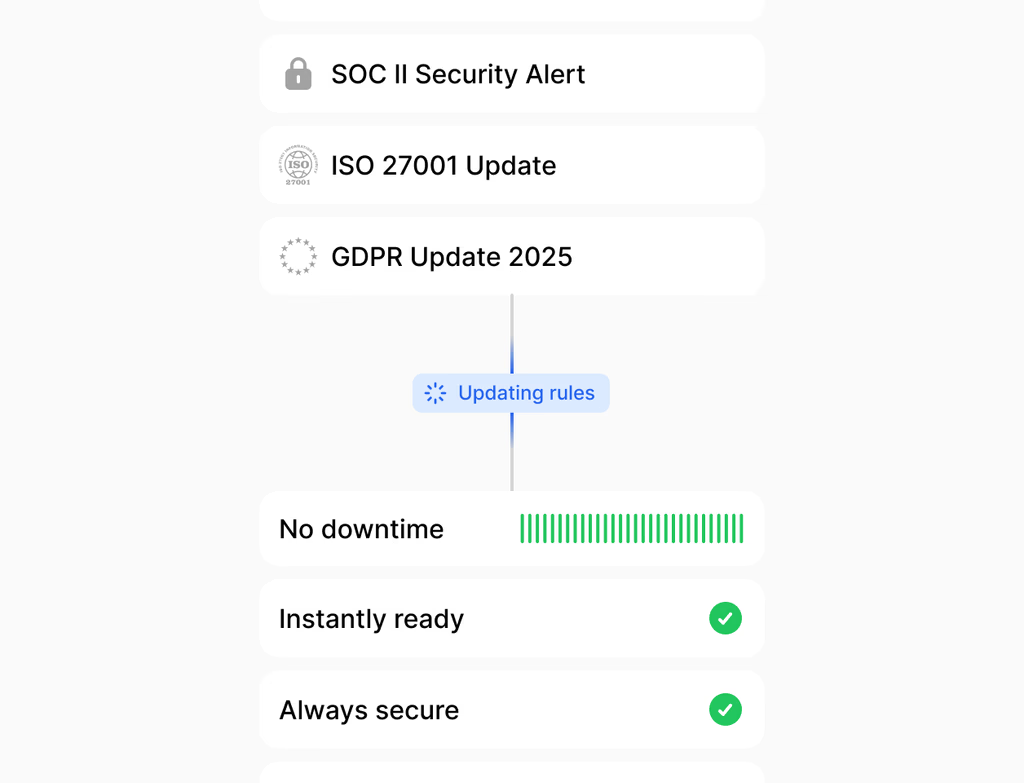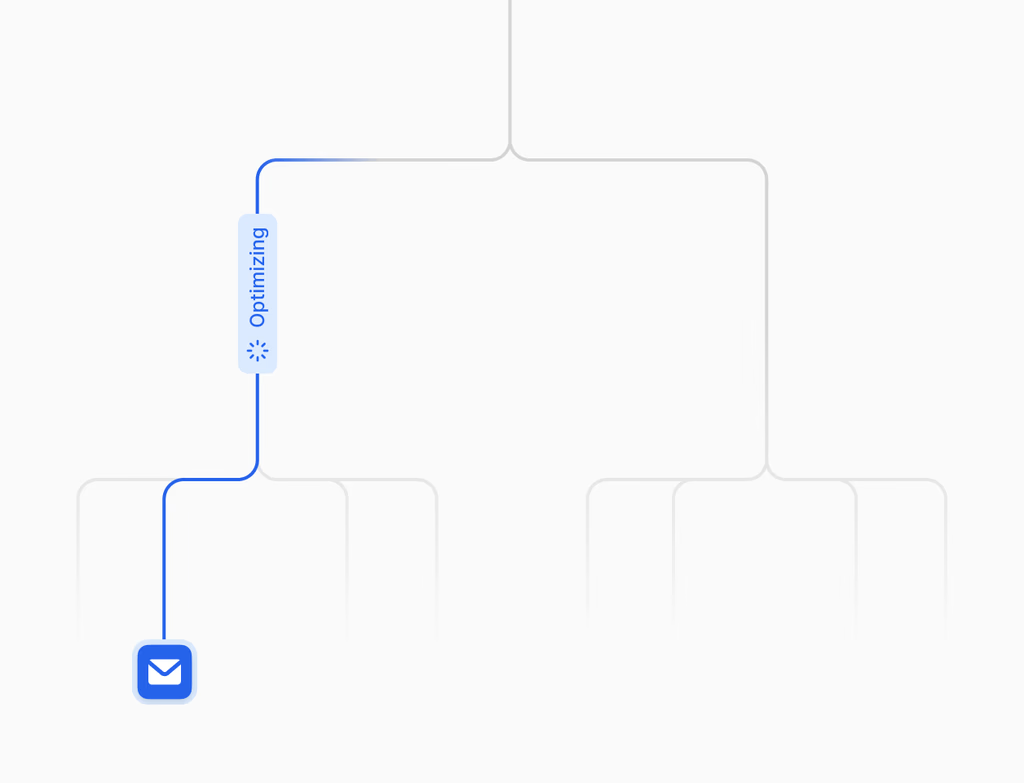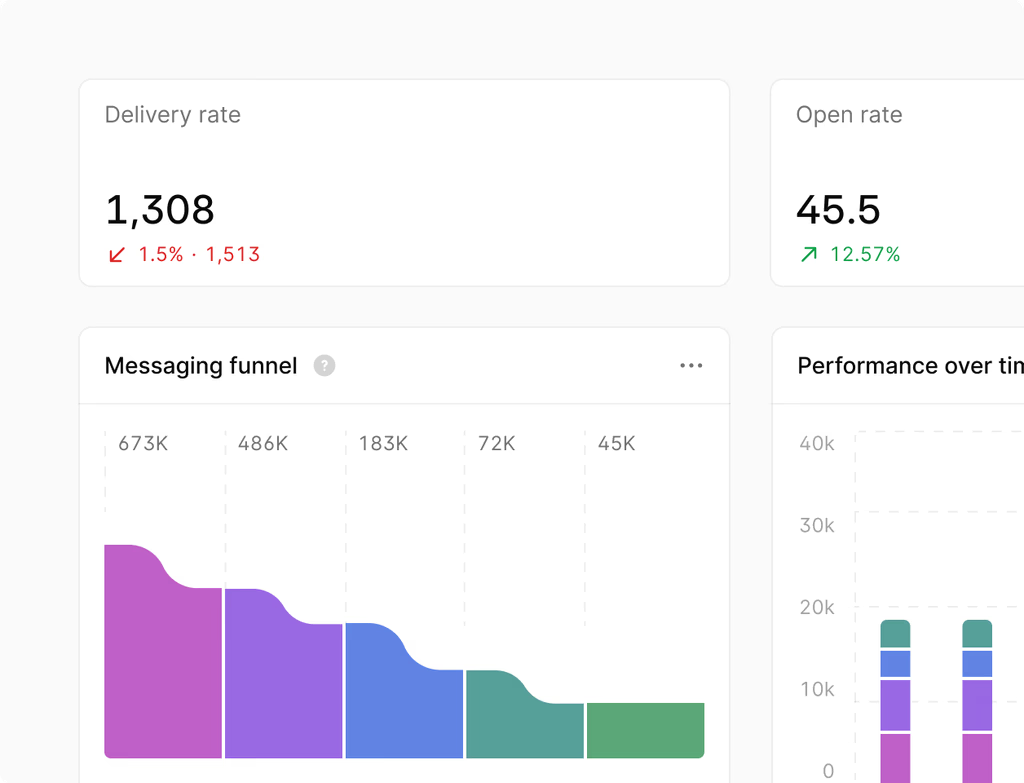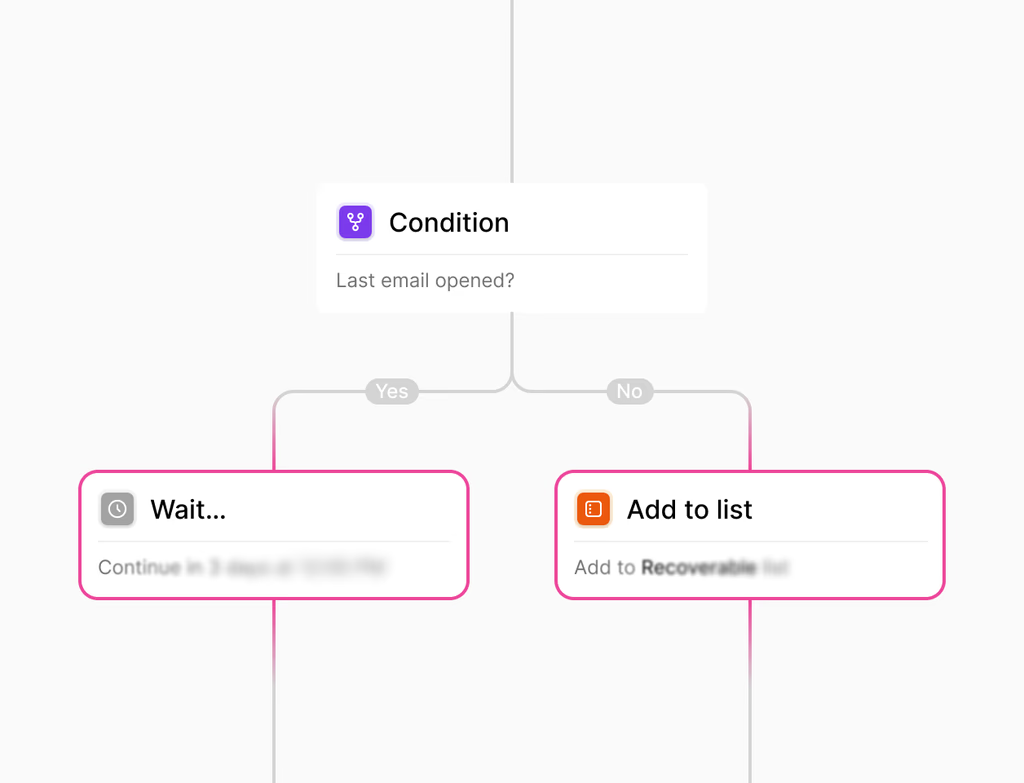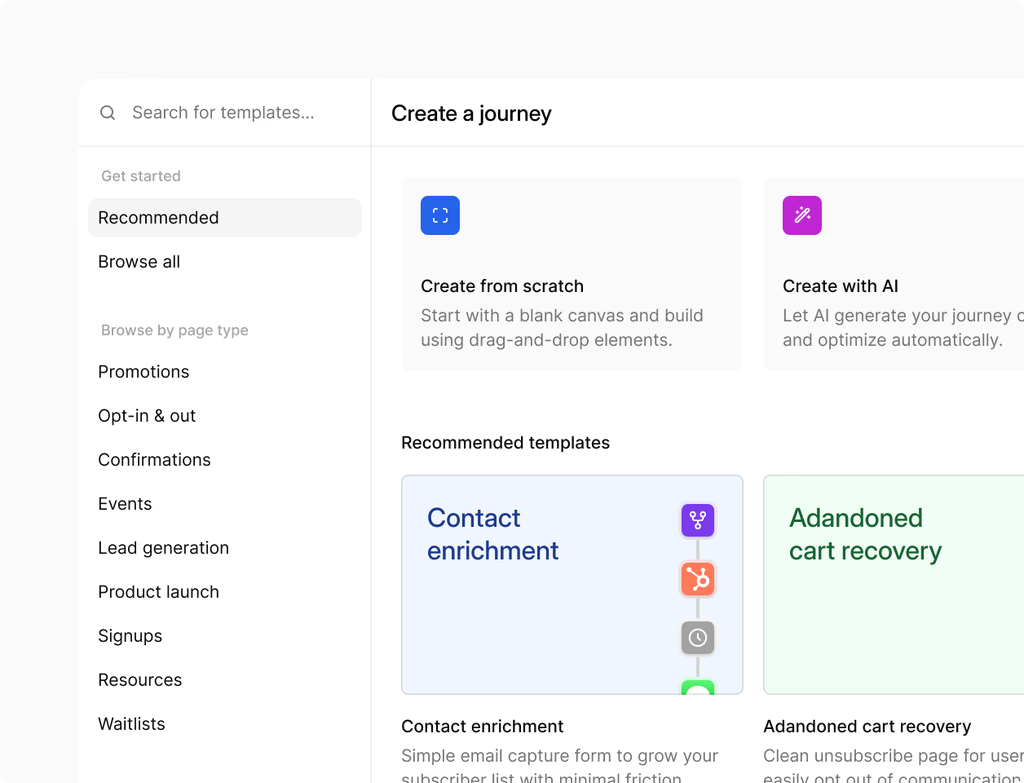What is Customer Journey Orchestration and who benefits from it?
Customer Journey Orchestration involves planning and automating coordinated experiences across various channels. These experiences adapt instantly to each customer's unique behavior and lifecycle stage.
This feature is essential for marketing and sales teams aiming for high-impact personalization at scale. By using Hoop to map paths across email, SMS, ads, chat, and your site, you ensure every touchpoint is relevant, leading to improved conversions and greater revenue attribution.
How does the visual builder help optimize end-to-end customer journeys?
The visual builder provides a drag-and-drop interface for creating complex, multi-channel paths easily. You can connect triggers, branches, and actions in a logical flow, eliminating manual silos.
You personalize these paths based on audience segments and specific customer behavior. The platform then provides analytics showing path performance, allowing for quick iteration. Key design elements include:
- Drag-and-drop steps with defined goals and exits.
- Event-based triggers from CRM and product usage data.
- If/then branches to create tailored paths and pacing control.
How is Customer Journey Orchestration different from basic automation workflows?
Basic workflows often handle simple, single-channel sequences triggered by a single event. Journey orchestration, conversely, is an advanced system that coordinates multiple channels, audiences, and complex goals simultaneously.
Journeys on the Hoop platform feature deep, holistic analytics that show full path performance and concrete revenue impact. They use real-time data to trigger next-best actions across various touchpoints like ads, email, and chat, adapting dynamically rather than following a static sequence.
What is required for setup and how quickly can we see ROI?
Setup is typically streamlined, relying on existing integrations with your CRM and data sources. The visual builder makes the initial journey creation fast, enabling teams to launch their first basic sequence quickly.
You can begin seeing initial results almost immediately, though full ROI proof comes from continuous testing and optimization. Hoop provides advanced revenue attribution so you can compare variations and measure lift efficiently, proving the value of personalized coordination over time.
How does the feature ensure data security and compliance at scale?
Data security and governance are paramount when coordinating customer interactions. The Hoop platform uses industry-standard encryption protocols for all data transmission and storage.
Moreover, the governance features ensure safe, compliant collaboration across large teams. This is managed through robust controls like:
- Role-based access controls for every user.
- Mandatory approval workflows for critical journey changes.
- Comprehensive versioning and audit trails for all templates.
On which Hoop pricing plans is Customer Journey Orchestration available?
Customer Journey Orchestration is available across multiple service tiers to accommodate businesses of different sizes and needs. The feature is included in the core, pro, and enterprise pricing plans.
Specific features, such as advanced segmentation limits or the volume of customer events processed, may vary depending on the chosen tier. The enterprise plan offers the most extensive governance and usage capacity, ensuring maximum scale and control for global operations.
Can we conduct experiments and compare different journey variations?
Yes, the Hoop platform fully supports in-journey experimentation. This capability is critical for continuous optimization and for ensuring you allocate your budget most effectively.
You can create multiple variations of a path, comparing their performance in real-time. This includes comparing differences in content, timing, or channel sequence. The Prove ROI section provides the specific analytics needed to evaluate results:
- Journey analytics showing path performance and drop-off points.
- Revenue attribution across all touchpoints.
- Experimentation tools to compare variations and measure incremental lift.



.avif)


